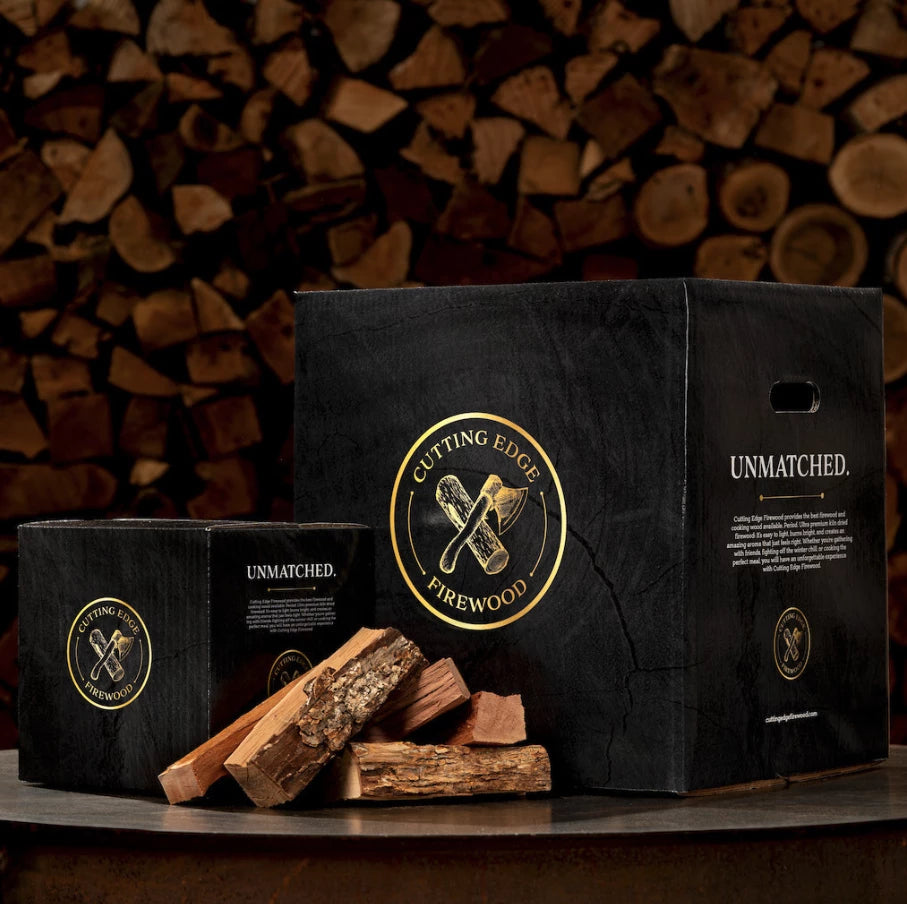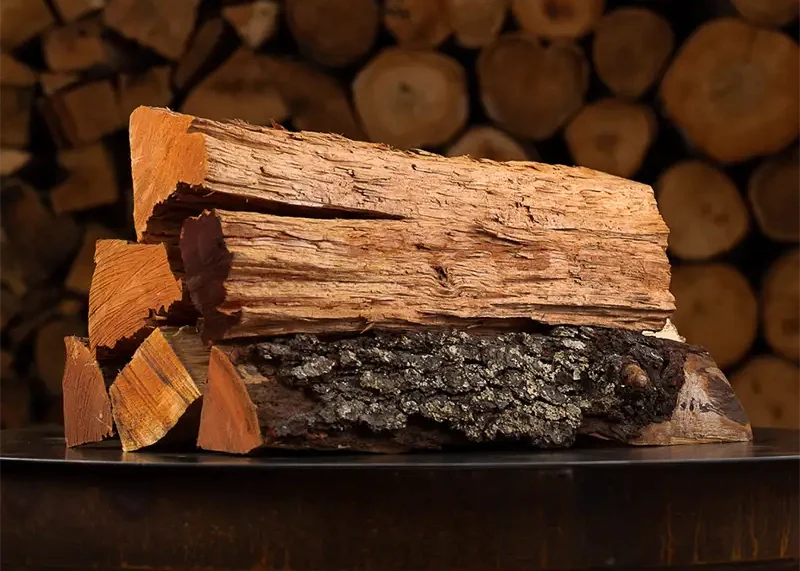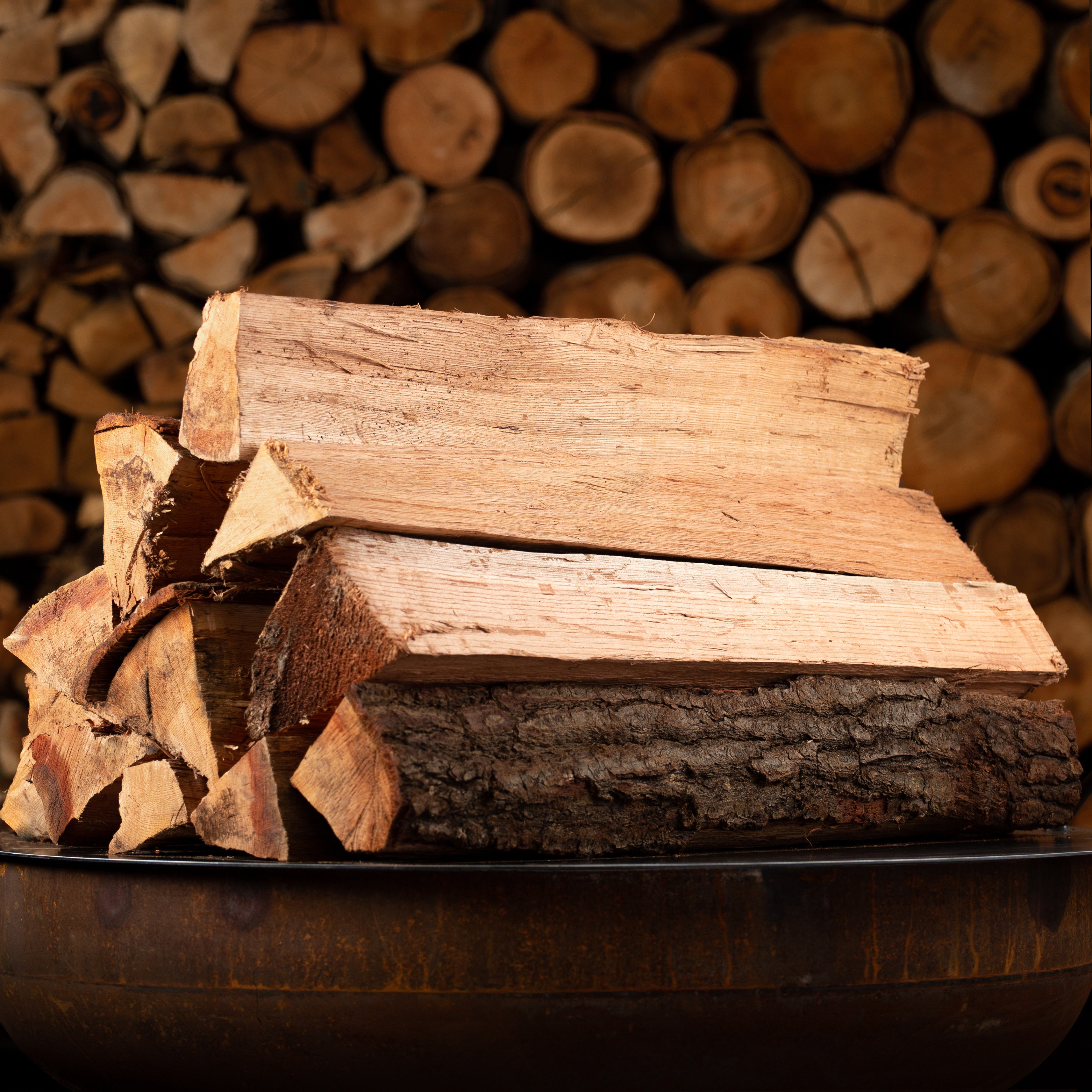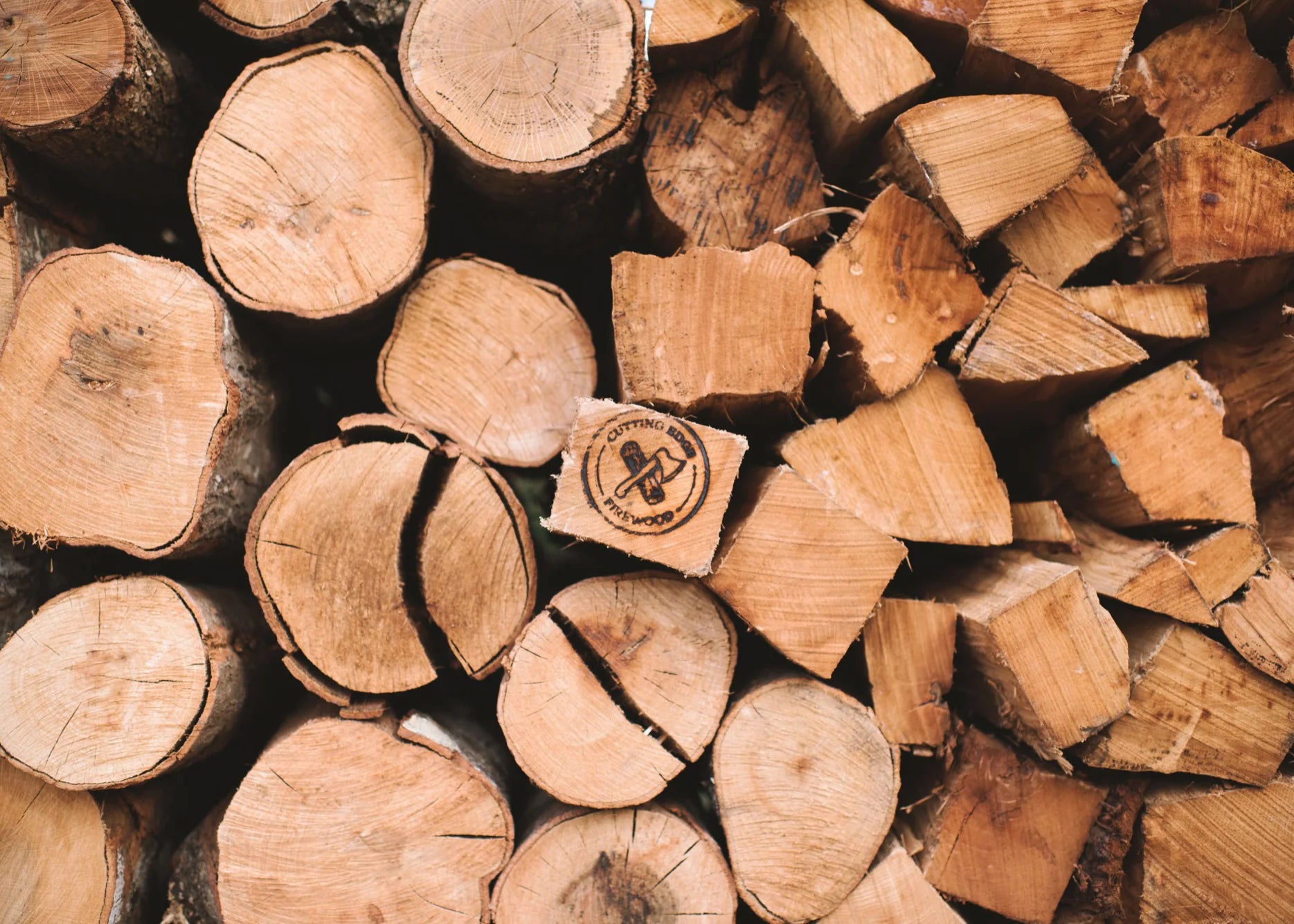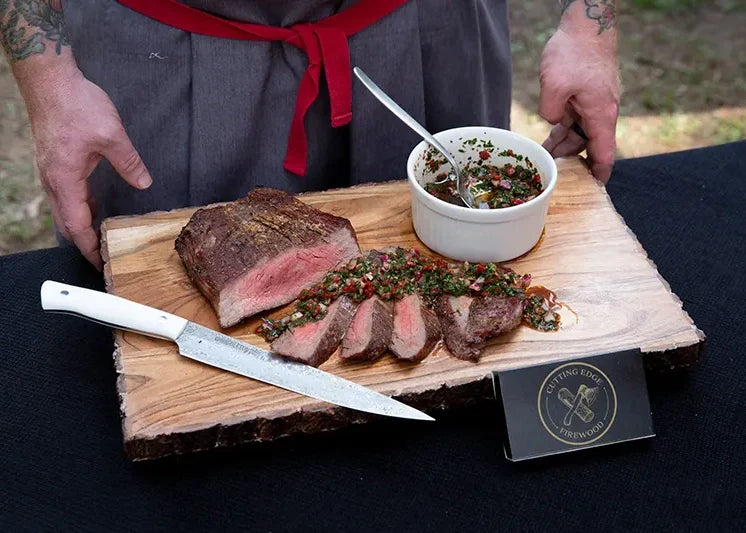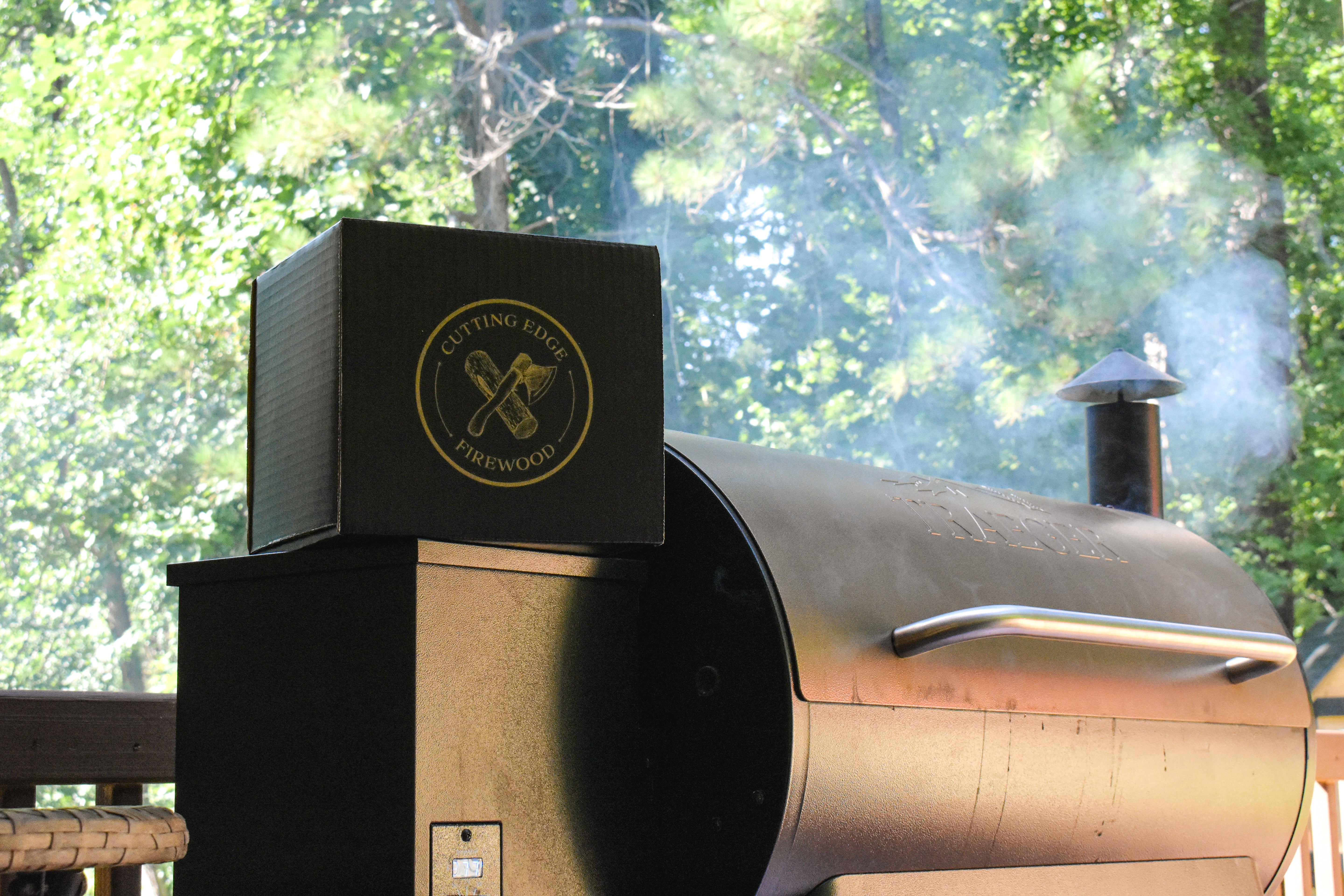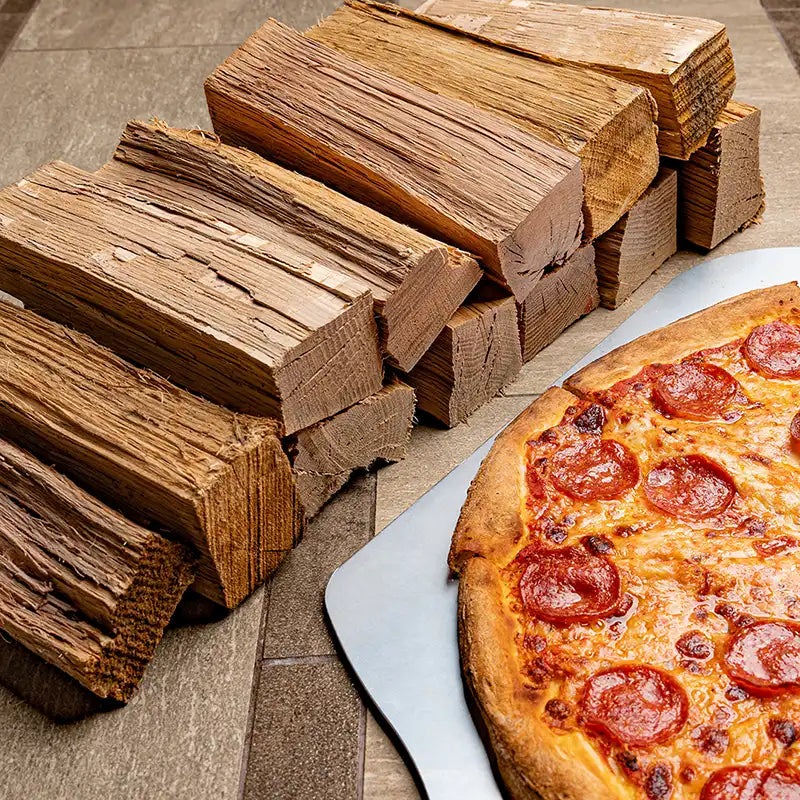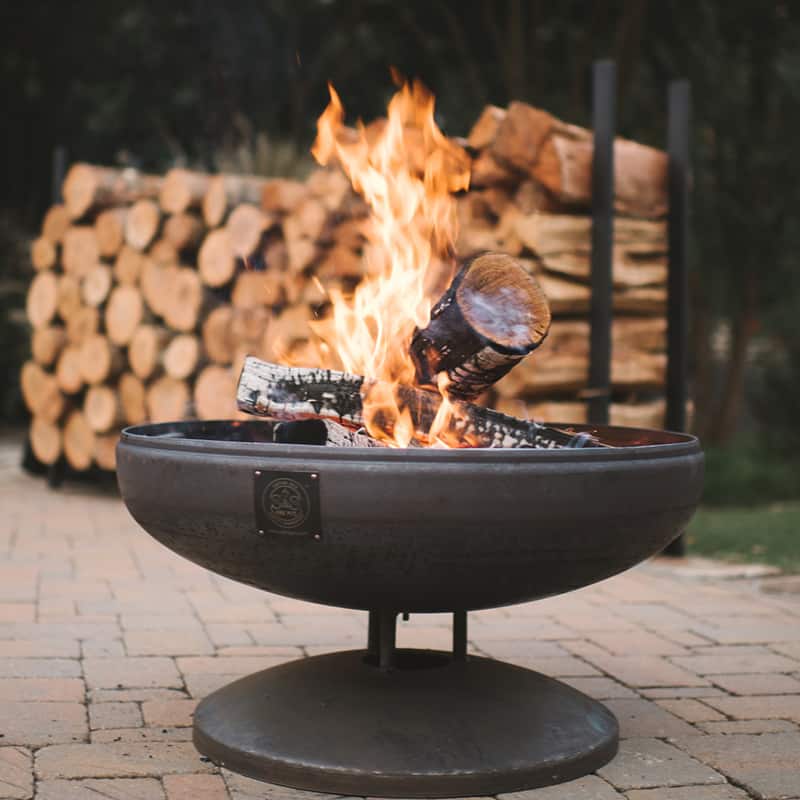Matching the perfect cut of meat to the best cooking wood can be challenging.
If you pick wood that’s too strong, it can taste like you’re eating a campfire. Too mild, and you can be left wondering if there was any smoke at all.
Luckily, generations of BBQ tradition have left us a pretty good set of guidelines for pairing the traditional smoking woods with the various types of meat that they best compliment.
A general rule of thumb is that you want to use stronger flavors of wood with heavier, more flavorful meat options that won’t be completely overpowered by the smoke, like beef or pork, but that will still let the flavor of the meat shine through.
On the other hand, you’ll want a lighter, less intensely flavored smoke for milder ingredients like poultry or fish, whose flavors are more subtle and can more easily be overwhelmed.
Pairing Cooking Woods to Types of Meat
Historically, the choice of woods used for smoking was heavily, if not completely, influenced by what types of wood were most readily available in a given area.
Back before the days of home delivery, you would most likely smoke with whatever hardwood was growing near your home. This led to regional smoking preferences that are still widely seen today, like the use of mesquite wood in Texas, or pecan in the southern United States.
There are many different species of cooking wood used for live-fire cooking and smoking in the US, but the most commonly used varieties are oak, hickory, mesquite, maple, pecan, and apple.
Let’s take a closer look at these…
Oak Cooking Wood
Best for beef, brisket, lamb, large games, and other red meats, as well as pork-based sausages
For many outdoor cooks, oak cooking wood is the go-to choice for grilling and smoking. Stronger than apple wood, but with less punch than hickory, oak is a “Goldilocks” smoke option that is just right for a variety of meat options.
It’s also a pretty forgiving smoke, making oak wood an excellent choice for those new to smoking and grilling.
Oak is a great basewood. If you want to replace the charcoal and cook with all wood, oak is a great option asd a base to add whatever other flavors you want to (cherry, hickory, pecan etc).
Hickory Cooking Wood
Best for red meats and poultry. Especially pork shoulders, hams, and pork ribs.
Like oak, hickory cooking wood is a versatile smoking wood, lending a sweet and savory smokiness to meat that is often described as “bacony”. This makes perfect sense as hickory (along with apple) is a common choice for smoking pork bellies for bacon.
Used with a heavy hand, hickory can overwhelm and over-flavor, leading to a bitter aftertaste, so it’s best when used sparingly or in combination with other, milder, smoking woods.
Maple Cooking Wood
Best for poultry, game fowl, cheese
Less commonly used than oak or hickory, maple cooking wood produces a mild smoke that adds a subtly sweet flavor to foods. Maple is often a popular choice for turkey, chicken, and game birds from goose and duck, to partridge and quail.
Maple is a great choice for smoking cheeses, as well. Loaning its subtle smoky sweetness without overpowering the flavor of the cheese, even milder white cheeses like Swiss and Gouda.
Pecan Cooking Wood
Best for poultry, fish, as well as beef ribs and pork ribs
While offering a bold smoke flavor, pecan cooking wood is still milder than hickory or mesquite, adding a spicy nuttiness to foods. Like mesquite, it’s a faster-burning wood, which makes it an ideal option for foods that require less cook time, like steaks, chicken pieces, ribs, and fish.
Like any of the faster-burning smoke woods, you’ll want to keep a close eye on the heat and smoke output from pecan to avoid overcooking or an overwhelming amount of smoke.
Apple Cooking Wood
Best for whole chickens, wildfowl, fish, pork shoulders, loins, and ham
Applewood smoke is much like an apple itself - mild, and sweet, and is best used for low and slow cooking of larger cuts, especially pork, allowing the mellow flavor of the applewood smoke enough time to absorb into the meat.
Apple cooking wood can add a deliciously sweet smokiness to fowl or fish as well.
You should note, however, that applewood smoke can overwhelm fish or poultry if smoked too long, and it should be burned at a slightly lower temperature (between 95 - 110 degrees) than is used in typical BBQ recipes, to avoid over-smoking.
Cherry Cooking Wood
Best for beef, fish, chicken, turkey, and pork, and vegetables
Cherry cooking wood is an extremely versatile wood. adding a mild sweet smokiness to just about any ingredient. It's great as a mixer with other woods, especially oak or hickory, and gives paler meat a rich pinkish appearance.
Conclusion
Folks have been using woodsmoke to enhance their creations since we were all living in caves. Today’s pit-masters and outdoor cooks are breathing new life into this ancient tradition with everything from melt-in-your-mouth BBQ brisket to wood-fire cooked pizzas.
Cutting Edge Firewood offers premium cooking wood to allow you to smoke delicious meat. You’ll find the best quality woods for your smoking adventures by visiting our online store today.
We even offer complimentary shipping for our cooking wood products across the United States.
Use the right wood with the right meat, because your best BBQ deserves the best flavor!

